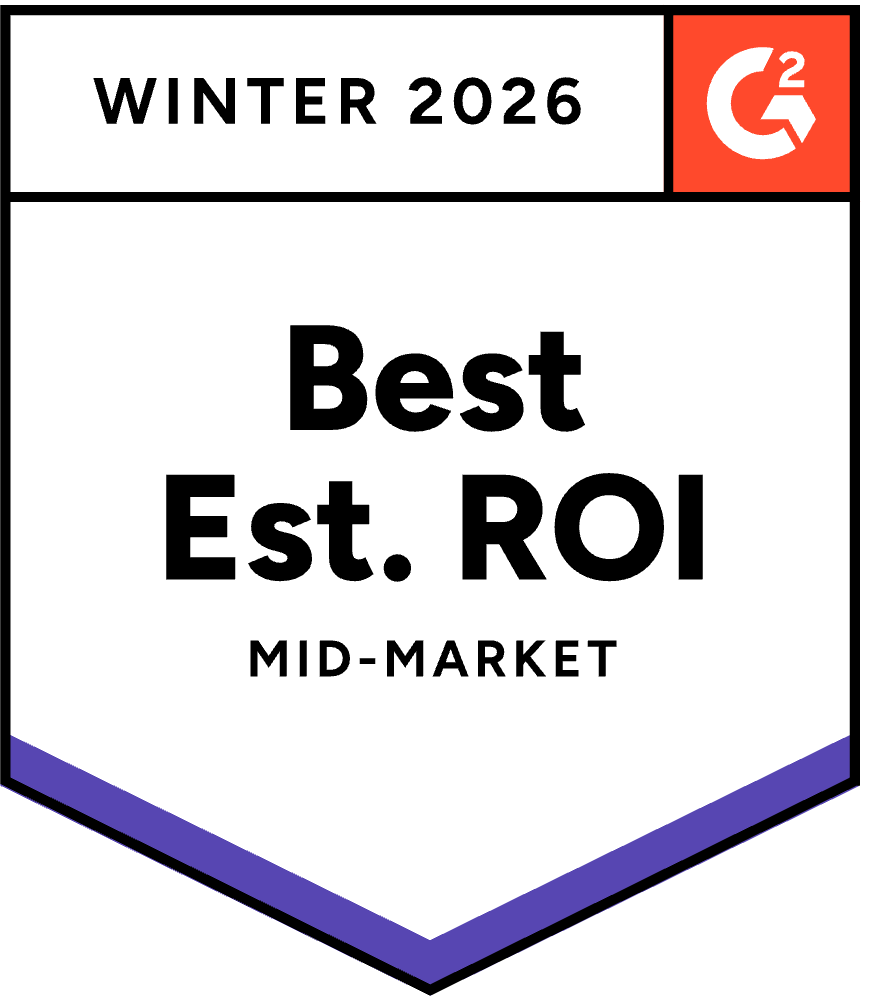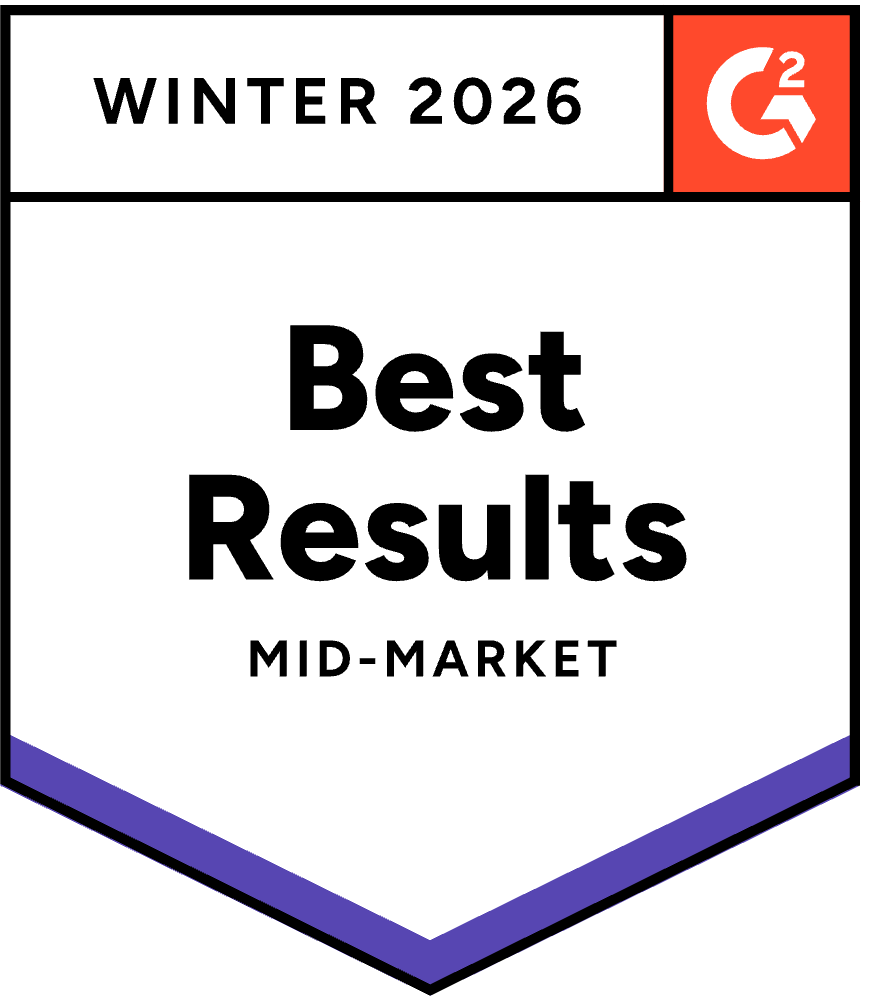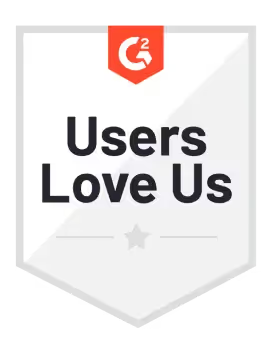Embracing complexity to reduce data chaos
If you and your organization face difficulties with its data programs–from data quality to access–you are likely exploring various solutions to solve such challenges. Fortunately, data observability solves multiple challenges simultaneously while replacing the need for multiple traditional or ai tools. Following are five signs that data observability is the answer:
1. Incomplete or inaccurate data:
One of the most common signs that you need a data observability tool is when data sets are consistently incomplete or inaccurate. Data pipelines are prone to errors, such as missing values, duplicated records, or inconsistent formatting. These issues can arise from various factors, including software bugs, data source changes, or human error. A data observability tool provides real-time monitoring and alerting capabilities, allowing you to quickly identify and address data quality issues before they impact critical business decisions.
2. Lack of full-stack data visibility:
In a complex data ecosystem, data flows through various stages, systems, and transformations, making it challenging to have complete visibility into the entire lifecycle. If you struggle to track data lineage, understand data dependencies, or trace the journey of data from its source to its destination, it indicates a need for a data observability tool. Data observability platforms offer full-stack visibility on data assets by capturing metadata and lineage information, allowing data teams to visualize the entire data flow.
With comprehensive visibility, you can easily identify potential bottlenecks, troubleshoot issues, and ensure data quality at every stage of the pipeline.
3. Lengthy data pipeline debugging:
As data pipelines become more complex, identifying the root cause of data issues can become a time-consuming and challenging task.
If you find yourself spending excessive amounts of time debugging data pipelines or investigating data inconsistencies, it may be a sign that you need a data observability tool.
Data observability platforms offer comprehensive visibility into your data pipeline processes, enabling you to trace data lineage, and quickly identify the source of errors, thereby reducing the time and effort required for troubleshooting.
4. Compliance and data governance concerns:
Data compliance and governance have become crucial initiatives for organizations in various industries. If your business operates in a regulated industry or handles sensitive customer information, you must guarantee that your data pipelines meet the necessary compliance requirements. Data observability tools can help you establish and maintain data governance by monitoring data quality, tackling data lineage, and ensuring data privacy and security.
5. Collaboration challenges:
Data teams often consist of multiple stakeholders, including data engineers, data scientists, analysts, and business users. Effective collaboration and communication among these personas are essential for maintaining data integrity and driving data-driven initiatives.
One of the primary benefits of data observability is increased transparency. Thanks to data observability platforms, team members can easily track the data flow, transformations, and dependencies, ensuring that everyone has a clear understanding of how data is being used and analyzed.
This shared visibility encourages responsibility and ownership over data quality, fostering a culture of collaboration where individuals actively contribute to resolving issues collectively.
Conclusion
In an era where data is increasingly critical to business success, ensuring the reliability and accuracy of your data is paramount. If you encounter incomplete or inaccurate data, spend excessive time debugging pipelines, face compliance concerns, or experience performance issues, it’s a clear indication that you need a data observability tool.
By implementing a data observability tool, you can gain real-time insights into your data pipelines, streamline troubleshooting, enhance data governance, and optimize performance, ultimately enabling your organization to harness the full potential of its data assets.

%2520copy%2520(3).avif)















-p-500.png)
